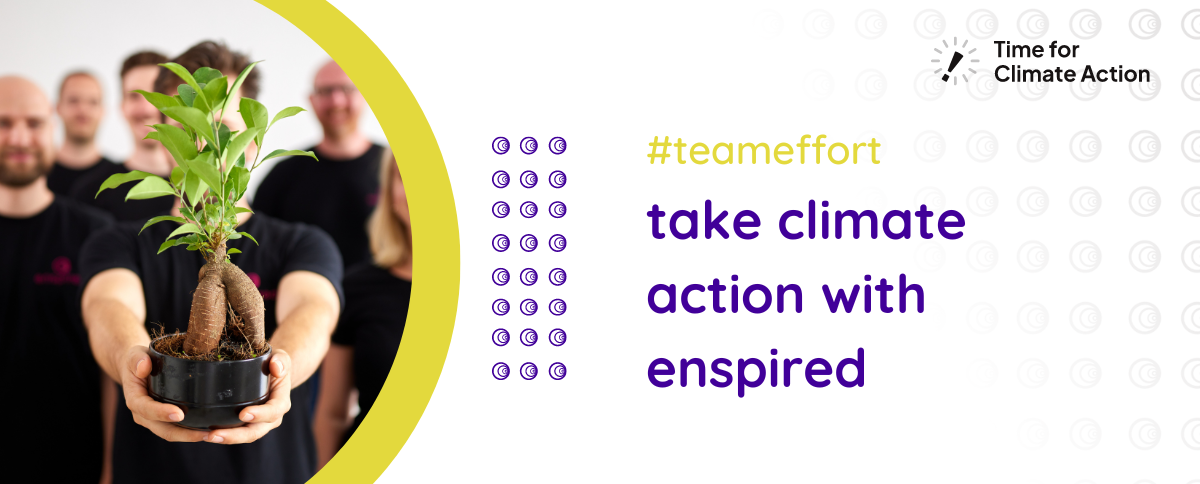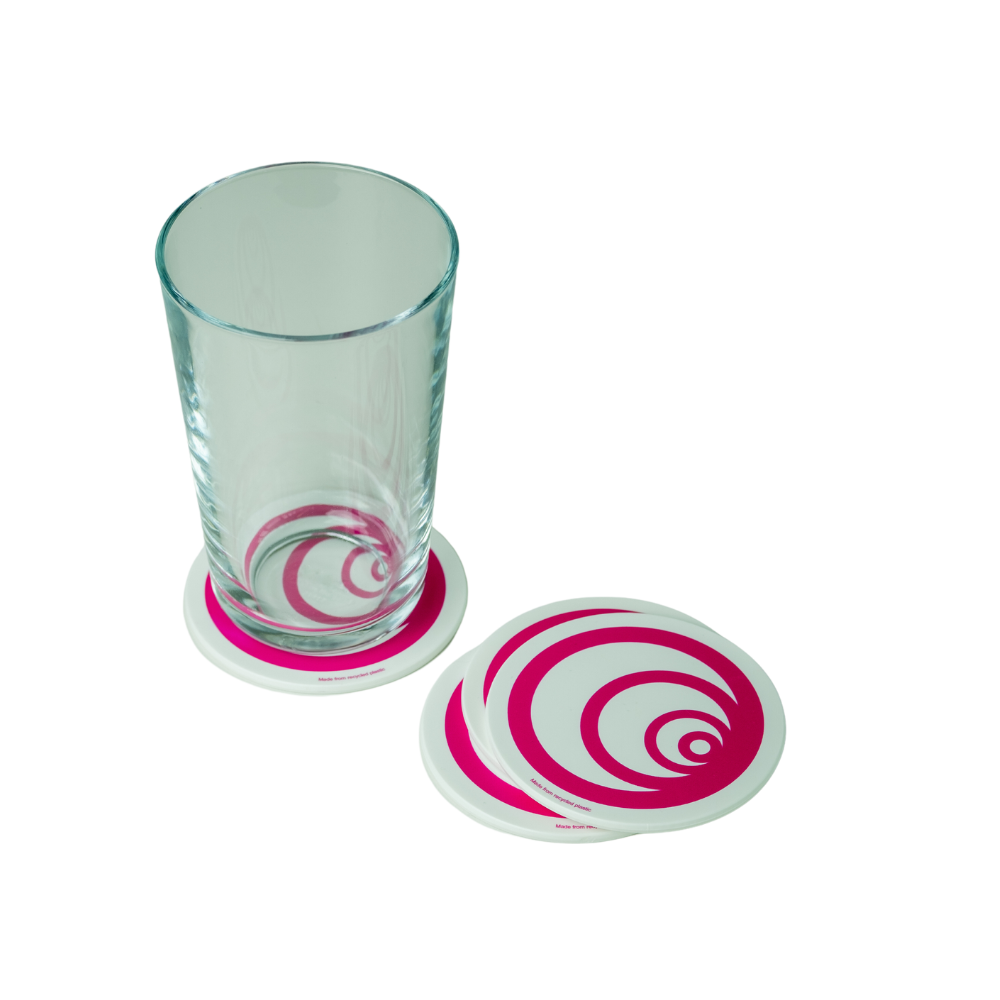#1 Schedule offline work
A train ride is the perfect opportunity to finally get those tasks that have been on your to-do list for ages done. Take time to think about your next meetings and projects, the passing landscape can be a catalyst for new ideas.
#2 Make enough time for connections
If you have to change trains, make sure you have at least 15 minutes between connections. Running around in all directions without a clue where to go in an unknown train station is no fun!
#3 Plan buffers after your journey
It's not a secret that trains are often late. Don't schedule a meeting right after your train is supposed to arrive to avoid stress from unforeseen delays.
#4 Take the night train for longer journeys
Sleeping on the train and waking up the next day 1200 km from your starting point is a great feeling and definitely worth a try. on back-on-track.eu you can find all night train connections in Europe.
#5 Talk to the person sitting next to you 🙂
Make the effort to say hi and start a conversation! You may end up chatting with an engineer at BMW, an anti-corruption official in parliament, a university professor for medical machine learning applications – it's always interesting
Sustainability in businesses
"Going green isn't just good for the environment, it's good for business! When it comes to climate action at enspired, we’re on the same journey as you – learning how to reduce our carbon footprint, day by day, step by step. We ensure access to environmentally friendly products and means of transport, implement retention strategies and go paperless. I collected some simple steps a company can implement TODAY to drive more sustainable behavior."
Maria Craveri
Talent Acquisition Expert
Maria's tips
#1 Access to sustainable products
Bring that oat milk to the kitchen, look for suppliers who work with sustainable materials for the company’s merch, offer climate-friendly sanitary products and eliminate plastic from the office as much as you can. There are plenty of ways to make your office "greener"!
#2 Go digital beyond paper
I am not talking about only being a paperless office but ensuring a flexible working model and allowing colleagues to work from home to avoid commuting and using cars to come to the office.
#3 Support sustainable transport
Encourage your colleagues and collaborators to choose trains whenever possible. If you're looking for a way to promote eco-friendly transportation options, consider offering free public transportation tickets as a perk.
#4 Talk climate change
Bring the topic to the table – create spaces where your employees can discuss the climate, how it affects them and how they can make positive contributions as individuals. Start with a simple coffee break before moving to more structured sessions.
#5 Offsett the CO2 of your employees
An effective way to reduce your employees' carbon footprint is to offer them a carbon offset program. This means you’re offsetting not just the footprint of their work but also their everyday lives. There are many providers that can help you with that.
Second-hand shopping
"The clothing industry is responsible for a huge part of global carbon emissions. According to the UN Environment Programme, the industry produces around 10% of global carbon dioxide emissions, making it the SECOND largest polluter after the oil industry – more than aviation and shipping combined! Second-hand shopping can be a great way to find unique items, save money, express creativity and wear your clothes with a good conscience. Let me give you some tips on making it an integral and fun part of your life."
Maximiliane Resch
PR and Marketing Professional
Maxi's tips
#1 Take your time but be specific
Second-hand stores present clothing differently than conventional stores – they often sort their items by color or type, so searching with a goal in mind keeps you from feeling overwhelmed. Focus on what you need and take your time browsing.
#2 Look for events in your town
One tip for finding second-hand events is to check online groups or listings for local swap meets, thrift store fundraisers and vintage markets. These can be great opportunities to find unique items, have some fun and meet interesting people.
#3 Shop second-hand online
Even though it's great to go through racks at local shops, the convenience of shopping from our couch is hard to beat sometimes. Online second-hand shops offer a wider selection, making it easier to find your items. My personal favorite: vinted.com
#4 Don't be afraid to go vintage
Vintage clothes offer better quality materials than today's fast fashion since they were designed to last. Buying vintage can also help you create a unique style or elevate modern outfits with a single item – you will be the only one wearing that fabulous coat!
#5 Organize a swap party
Hosting a clothes swap party is an eco-friendly and fun way to get together with friends. It's an opportunity to share your style, try out new looks and discover cute pieces. Plus, it's a great chance to enjoy some snacks and drinks on the side.
A plant-based diet
"We need to look no further than our plates to save the planet. A plant-based dietmeans you consume mostly plant food sources. However, you can still occasionally eat meat, dairy and eggs. It is less intimidating and more flexible than a vegan diet. The key to transitioning to more plant-based meals is to strive for progress, not perfection. Having been vegan for more than 13 years now, here are some solid tips on transitioning easily into a healthier lifestyle that is better for our planet and all living beings."
Cornelia Habetler
Chief Culture & Financial Officer
Connie's tips
#1 Start slowly and scale up in phases
Focus on one plant-based meal a day. For example, opt for a plant-based breakfast and research some recipes. Try different things and make these options your “new normal.” After some weeks, you will find that these options are your “go-to” breakfasts.
#2 Give tofu and the rest a chance
Swap meat for plant-based proteins. Learn to cook with lentils, chickpeas, tofu, tempeh, seitan and beans. Your gut microbiome will squeak with joy because of the additional fiber. My tip: start by substituting brown lentils for meat in Spaghetti alla Bolognese.
#3 Find your plant-based dairy
Have you been to the plant-based aisle lately? It has something for everyone! Be aware that milk for coffee might differ from what you prefer in your cereal. Pro tip: mix two tablespoons of nut butter with 800ml of water for some homemade milk. 😊
#4 Make sure you eat enough food
When transitioning, you might need to up your food intake as the caloric density of plant foods is lower than high-calorie foods like meat or dairy. Always bring snacks like dates and nuts or energy balls, and don't forget – fiber keeps you feeling full.
#5 Opt for something new every week
Meet friends at vegan restaurants or cook recipes together. Stay curious! There is a deliciousness in plant-based cuisine you never knew existed. Eating a nourishing variety of veggies and fruits is great for you and the planet. Add regional and seasonal products to lower your CO2 footprint even more.




